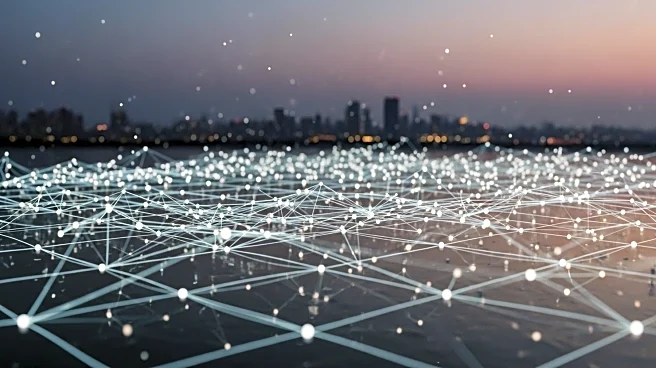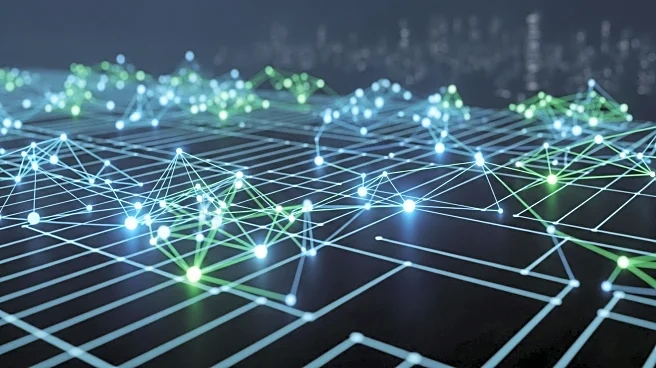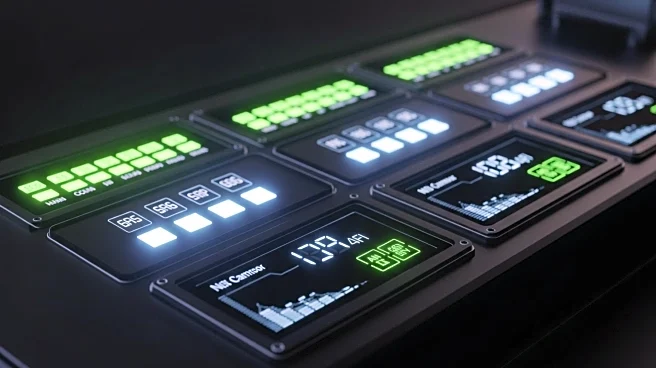What's Happening?
Georgia Power has invested over $10 billion in smart grid technology to improve power reliability and reduce outages. This technology, which includes automatic fault detection sensors and algorithms, allows the grid to 'self-heal' by isolating outages to the smallest area possible and automatically restoring power to as many users as possible. During Hurricane Helene, these upgrades prevented sustained outages for many customers, allowing crews to focus on the hardest-hit areas. The smart grid technology also aids in pinpointing the exact location of downed lines and broken poles, enabling quicker repairs. Georgia Power has upgraded more than 90 devices in the Augusta area, including stronger poles, strategic undergrounding, and additional interconnection points across the grid.
Why It's Important?
The implementation of smart grid technology by Georgia Power is significant as it enhances the resilience of the power grid against extreme weather events, reducing the duration and frequency of outages. This technology supports critical infrastructure such as hospitals, data centers, and schools by ensuring continuous power supply. The ability to quickly restore power minimizes downtime, improving customer satisfaction and reducing costs. Additionally, the integration of renewable energy sources into the grid aligns with broader environmental goals and supports the transition to cleaner energy.
What's Next?
Georgia Power plans to continue its investment in grid resilience, with ongoing efforts to upgrade sections of the grid in impacted areas. The company mobilized over 20,000 personnel during Hurricane Helene to restore power, and similar efforts are expected in future events. The strategic undergrounding and addition of interconnection points will further enhance the grid's ability to reroute power and prevent outages. Georgia Power's commitment to improving grid reliability is expected to deliver long-term benefits to customers and support the state's economic growth.











